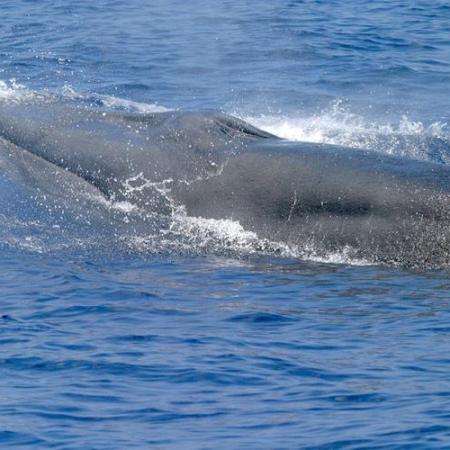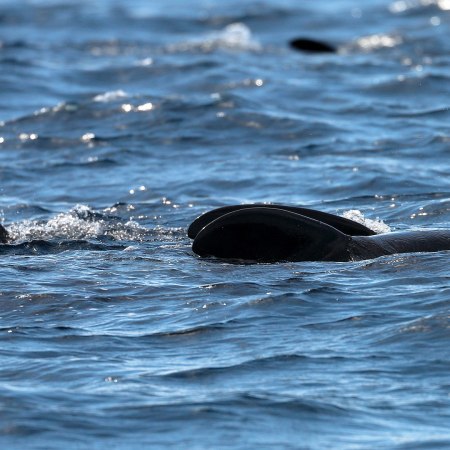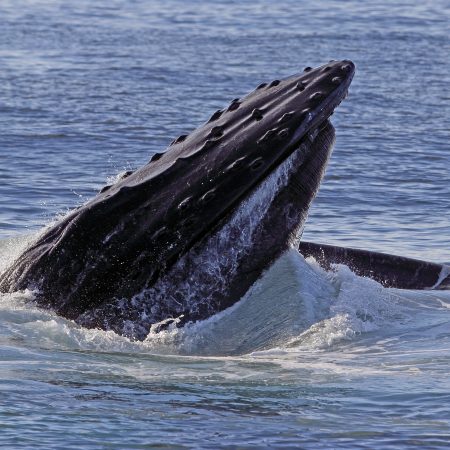When you think of creatures that can easily hide away from prying eyes, what comes to mind? Probably something small or camouflaged, or both — the kind of animal that could rest on a tree branch and never be detected, whether by curious scientists or hungry predators. But it turns out that blue whales are also pretty good at staying hidden — while they’re not small, they do have vast stretches of the ocean in which to lay low.
A group of scientists recently unveiled an unorthodox way to discover a previously unknown pod of whales. A new article in Popular Science by Grace Wade explains just how this group was discovered. As it turns out, the equipment used to find these whales was designed for another purpose — monitoring nuclear testing.
As Wade explains in the article, the Comprehensive Nuclear-Test-Ban Treaty Organization has microphones placed throughout the planet’s oceans to make sure no nations are testing bombs underwater. The same technology that can detect explosions can also perceive signs of life from a host of marine wildlife.
Emannuelle Leroy is the lead author of a newly-published study which analyzes 20 years’ worth of recordings from the Indian Ocean. Leroy and her colleagues concluded that there was evidence of a previously-undiscovered group of pygmy blue whales there. How did they make that determination? It has to do with the unique properties of the songs whales sing — something that can help identify unique groups of whales in a variety of ways. And for those involved in conservation efforts, this new information might spark an array of new actions.
Thanks for reading InsideHook. Sign up for our daily newsletter and be in the know.


















